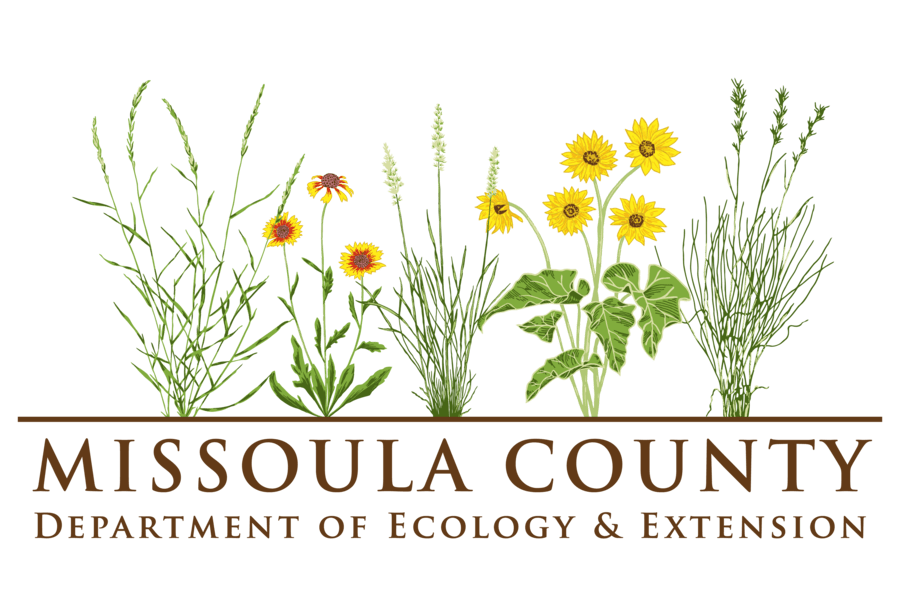Common Mullein

Common Mullein
Verbascum thapsus
Identification
· Roots: Deep taproot with branched secondary fibrous roots
· Leaves: Thick, densely furry grey-green leaves, produce a basal rosette and a substantial crown in the first year. In the second year, leaves are elongated and wooly, alternate along the stem.
· Stems: Plants produce a single, thick stem.
· Flowers: Flowering stem is typically several feet tall with yellow, 5-petalled flowers in a terminal spike.
· Seeds/Fruits: two-celled, ovular fruit contains many seeds, a single plant can produce between 136,000 to 175,000 seeds.
Life Cycle
Biennial
Habitat
Found in disturbed, often rocky soil of grasslands, meadows, open forest, talus slopes, and along roadsides.
Control
Several herbicides are listed as providing control throughout the plant's growth stage including Glyphosate, 2,4-D, triclopyr, sulfometuron-methyl, and tebuthiuron. The wooly foliage of Common Mullein impedes herbicide absorption, use a surfactant to increase the success of herbicide applications.
https://fieldguide.mt.gov/speciesDetail.aspx?elcode=PDSCR1Z080
